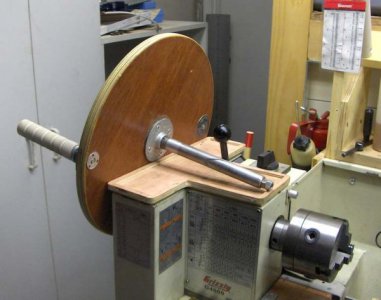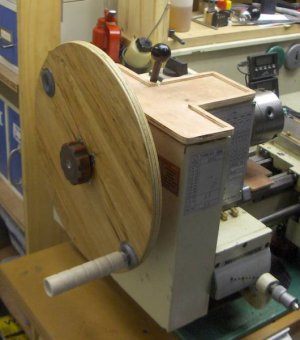- Joined
- Jan 22, 2011
- Messages
- 8,031
Reverse threading will still require a thread relief or just the opposite action as pulling out while disengaging the half-nuts. I can't see diving into a spinning part to a precise point while the tool is traversing as practical. If you can use a relief instead of a close pullout, then conventional direction cutting is probably going to get you better results. besides, practice is good.
I agree.....everyone who has done much manual threading has had their share of crashes. The idea is that they get fewer as you go. Don't be afraid, it's happened to all of us. It's how we learned.
I agree.....everyone who has done much manual threading has had their share of crashes. The idea is that they get fewer as you go. Don't be afraid, it's happened to all of us. It's how we learned.



